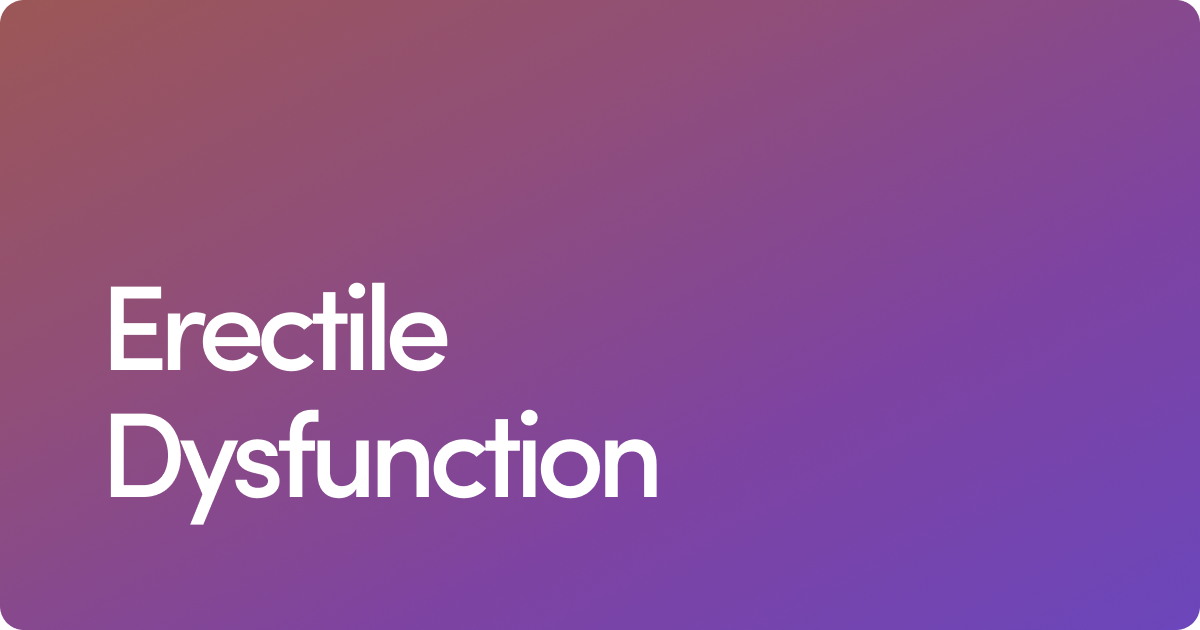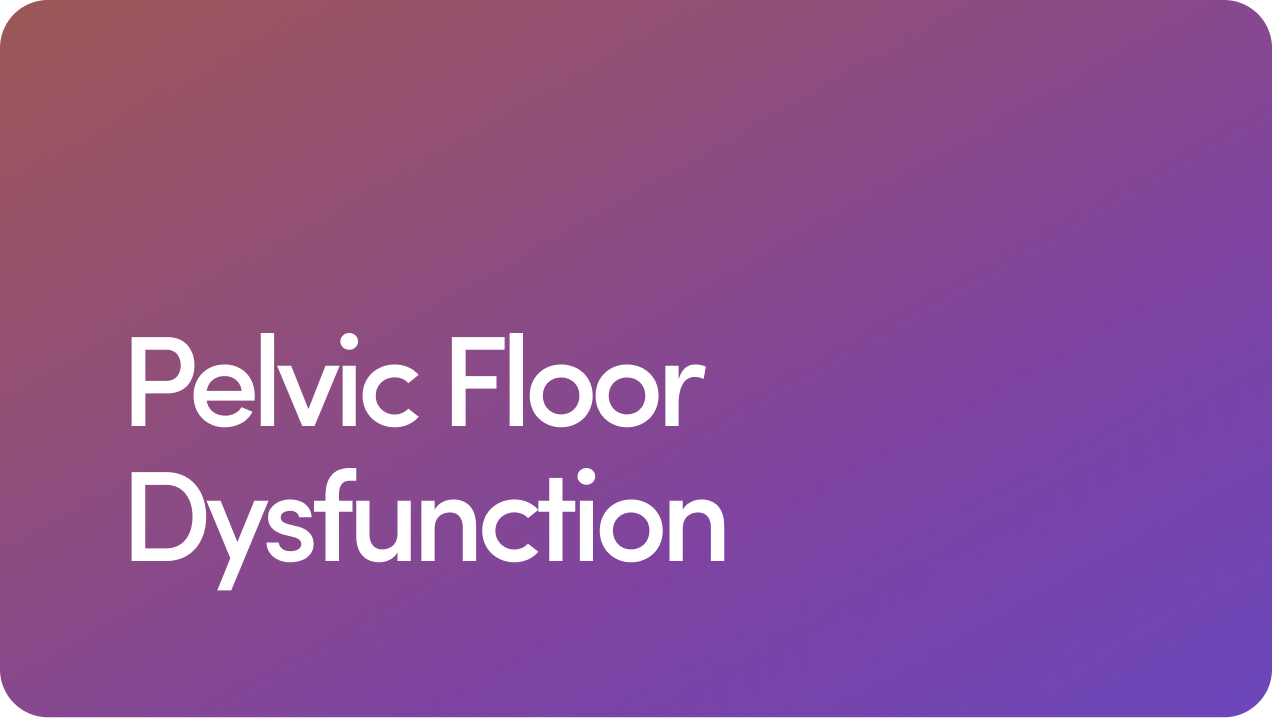What Happens When You Stop Taking Enclomiphene?
Enclomiphene citrate and clomiphene have gained attention as alternatives to testosterone replacement therapy (TRT), helping to reduce symptoms of low testosterone without compromising male fertility.
Overview
Enclomiphene citrate and clomiphene have gained attention as alternatives to testosterone replacement therapy (TRT), helping to reduce symptoms of low testosterone without compromising male fertility.
While enclomiphene has a totally different mechanism of action than TRT, helping to restore your body’s natural testosterone production rather than replace it, the two have something in common: the effects aren’t permanent. You must continue taking the medications to benefit from enclomiphene and TRT (unless your healthcare provider recommends a different treatment plan).
This guide will cover how enclomiphene works, how it compares to TRT, and what to expect when stopping enclomiphene. We’ll also share tips on how to taper off gradually, if your provider recommends it.
The Basics
What Is Enclomiphene?
Enclomiphene belongs to a class of medications called selective estrogen receptor modulators (SERMs). These meds interact with the hypothalamic-pituitary-gonadal (HPG) axis, a hormonal pathway in the body that regulates reproduction and fertility.
Enclomiphene is not FDA-approved and might be available through compounding pharmacies with a valid prescription or by enrolling in a clinical trial. If it is prescribed by a healthcare provider, it is prescribed off-label to treat symptoms of secondary hypogonadism, or low testosterone caused by faulty signaling between the brain and the testes.
Unlike TRT, an FDA-approved treatment for men with low testosterone caused by certain medical conditions, which replaces your body’s natural testosterone with a synthetic version of the hormone, enclomiphene blocks estrogen receptors in the hypothalamus and pituitary gland, which prevents estrogen’s negative feedback on the HPG axis. Blocking estrogen leads to increased secretion of gonadotropin-releasing hormone (GnRH) from the hypothalamus, stimulating the pituitary gland to release luteinizing hormone (LH) and follicle-stimulating hormone (FSH). These gonadotropins then signal the testes to boost testosterone and sperm production.
While enclomiphene itself is not approved by the Food & Drug Administration (FDA), it is one of the active ingredients in the FDA-approved medication clomiphene citrate (Clomid®), a common fertility drug for women that’s sometimes prescribed off-label to men with low testosterone.
Early research suggests enclomiphene may help raise testosterone levels in men with hypogonadism. However, it’s important to note that enclomiphene’s long-term safety and effectiveness have not been well established. More rigorous, large-scale clinical trials are needed before it can be considered a fully validated treatment option. Anyone considering enclomiphene should do so only under the close supervision of a qualified healthcare provider.
What Does Enclomiphene Do?
Enclomiphene may help to reduce symptoms of low testosterone, such as:
Low sex drive
Increased body fat
Loss of muscle mass
Fatigue
Mood swings
Erectile dysfunction (ED)
Studies have found that enclomiphene may better preserve sperm production compared to testosterone gel in men with low testosterone.
How Fast Does Enclomiphene Work?
In a very small placebo-controlled study comparing enclomiphene to exogenous testosterone, enclomiphene increased testosterone within 14 days. Unlike TRT, enclomiphene didn’t push T levels into the supraphysiologic range, as was observed with TRT.
Supraphysiologic ranges of testosterone are considered significantly higher than what is normally found or produced in the body and can lead to undesirable side effects like increased red blood cells, aggression, and high blood pressure.
How Long Should You Take Enclomiphene?
Enclomiphene is designed to be taken long-term, though you should always follow your healthcare provider’s guidance regarding your treatment plan.
There is limited research on the safety of continued enclomiphene use. Most long-term safety and effectiveness data come from clomiphene studies, not enclomiphene specifically.
For instance, one 2019 study on the long-term use of clomiphene showed that 88 percent of participants who took clomiphene for more than three years achieved and maintained normal testosterone levels, while 77 percent reported improved symptoms and only 8 percent reported minor side effects.
While clomiphene and enclomiphene are closely related, they’re not the same. Clomiphene is made up of two chemicals: enclomiphene and zuclomiphene. Zuclomiphene has a longer half-life (meaning it stays in the body longer), which is thought to be responsible for most of the side effects associated with clomiphene.
Enclomiphene Discontinuation
What Happens When You Stop Taking Enclomiphene?
Enclomiphene’s long-term safety and effectiveness are still uncertain, and more large-scale studies are needed. It should be used—and discontinued—only under the guidance of a qualified healthcare provider.
We do know that stopping enclomiphene can reverse its positive effects on the HPG axis, causing a decrease in GnRH output and a drop in LH and FSH levels. As a result, testosterone production may decline, especially if the cause of low T remains unaddressed.
However, the degree of hormonal decline after stopping the medication varies depending on the person, their underlying medical conditions, and how long they used the medication.
What to Expect When Stopping Enclomiphene
Men may choose to stop enclomiphene for a number of reasons, like adverse effects. Though generally mild, common side effects of enclomiphene may include headaches, nausea, hot flashes, muscle spasms, aggression, and blurred vision.
Studies show that stopping enclomiphene returns testosterone to pre-treatment levels within a month. This may lead to a return of low T symptoms like decreased libido, fatigue, and depression.
However, this return to pre-treatment baseline is gradual, not immediate. Enclomiphene is typically taken daily, but missing a dose or two may not have a noticeable effect. As shown in a 2013 study, it can take about seven days after stopping treatment for LH and testosterone levels to start declining, indicating a slow descent.
Stopping TRT, on the other hand, causes a rapid drop in testosterone — often within days — because the treatment shuts down your body’s natural production of the hormone, which can make you feel deprived when treatment is interrupted abruptly. For many men, their body’s own production doesn’t bounce back easily.
For instance, some men stop TRT to restore their sperm count, which can take three months or longer. However, while stopping TRT might return testosterone levels to pre-treatment baseline, many men report being “markedly symptomatic” and desire restarting treatment to feel better again, indicating dependency.
How to Stop Enclomiphene Safely
Transition Gradually
Whether you’re stopping TRT or clomiphene, you should taper off gradually under the guidance of a healthcare professional. Never attempt to discontinue your medication cold turkey on your own. Tapering off will allow you to implement other plans to support your body’s natural production of testosterone and lessen the severity of side effects.
Monitor Hormone Levels
While tapering off, your provider will likely monitor your hormone levels with blood tests to gain better insights into how your body is adjusting. This can help them provide detailed medical advice on alternative treatments to consider or lifestyle changes you should make to support your hormone production.
Support Natural Testosterone Production
While TRT and SERMs are popular treatments for low testosterone, there are ways you may be able to help increase your testosterone naturally to achieve hormonal balance.
Follow a healthy diet rich in testosterone-boosting foods like leafy greens, protein, and fatty fish.
Exercise regularly and include resistance training in the mix.
Adopt a weight-loss plan if necessary.
Keep your stress levels in check.
Aim to get seven or more hours of sleep per night.
Cut back on drinking and cut out smoking.
Talk to your provider about supplements like zinc, vitamin D, magnesium, and fenugreek. They may support testosterone levels slightly, but they aren’t a substitute for medical therapy in men with confirmed hypogonadism.
Alternative Treatments
If enclomiphene isn’t working for you, there are other treatment options to consider for testosterone deficiency:
Testosterone replacement therapy. TRT is typically considered a first-line treatment for low testosterone. Testosterone therapy comes in multiple forms, including injections, patches, gels, pellets, and pills. In addition to low sperm count and potential infertility, TRT side effects may include acne, hair loss, swelling or redness (for topicals and injections), and allergic reactions.
Clomiphene citrate. Clomiphene, commonly sold as Clomid, is a SERM like enclomiphene. It helps your body produce more of its own testosterone without harming your fertility. As we mentioned above, clomiphene contains enclomiphene and zuclomiphene, and the latter is associated with several side effects not seen in enclomiphene users. Reported clomiphene side effects attributed to zuclomiphene include breast growth (gynecomastia), mood swings, agitation, and decreased muscle strength thought to be due to elevated estradiol levels. Unlike clomiphene, enclomiphene is not FDA-approved.
Human chorionic gonadotropin (hCG). hCG functions like LH by signaling the Leydig cells in the testes to produce more testosterone. It is considered a safe and effective treatment for low T with few adverse effects.
What Should I Expect When I Stop Taking Enclomiphene?
Final Takeaways
Enclomiphene is an investigational drug that can increase testosterone similarly to clomiphene. These drugs are designed for long-term use, but that doesn’t mean they’re the best choice for everyone. If you and your provider decide to stop treatment or explore another route, it’s best to do so gradually while taking action to support your natural testosterone production. Remember:
Enclomiphene stimulates your body’s natural testosterone production. Unlike TRT, which shuts down your body’s testosterone production and replaces it with a synthetic version, enclomiphene restores your testosterone without impairing fertility.
Enclomiphene’s benefits aren’t permanent. Both enclomiphene and TRT require ongoing use to maintain results unless your provider recommends a different approach.
Stopping enclomiphene can gradually lower testosterone levels. Enclomiphene discontinuation can bring back symptoms of low T, so it’s important to taper off under medical supervision while supporting natural hormone production.
Enclomiphene is an experimental treatment. Early studies indicate it may boost testosterone levels in men with hypogonadism. However, because it is not FDA-approved, more extensive research is needed to confirm its long-term safety and effectiveness.
If you’re struggling with symptoms of low testosterone like erectile dysfunction or low libido, find out what treatments are available to get your sex life back on track by getting advice from a medical professional today.
18 Sources
- Alves JU, et al. (2022). Supraphysiological Levels of Testosterone Induce Cardiac Dysfunction via NLRP3 Inflammasome Activation in Macrophages. https://faseb.onlinelibrary.wiley.com/doi/10.1096/fasebj.2022.36.S1.R4977
- Basaria SH, et al. (2010). Adverse Events Associated with Testosterone Administration. https://www.nejm.org/doi/full/10.1056/nejmoa1000485
- Earl JA, et al. (2019). Enclomiphene citrate: A treatment that maintains fertility in men with secondary hypogonadism. https://pubmed.ncbi.nlm.nih.gov/31063005/
- European Medicines Agency. (2018). Assessment Report: EnCyzix. https://www.ema.europa.eu/en/documents/assessment-report/encyzix-epar-public-assessment-report_en.pdf
- Kaminetsky JE, et al. (2013). Oral enclomiphene citrate stimulates the endogenous production of testosterone and sperm counts in men with low testosterone: comparison with testosterone gel. https://pubmed.ncbi.nlm.nih.gov/23530575/
- Kim ED, et al. (2013). The treatment of hypogonadism in men of reproductive age. https://www.fertstert.org/article/S0015-0282(12)02430-2/fulltext
- Krzastek SA, et al. (2019). Long-Term Safety and Efficacy of Clomiphene Citrate for the Treatment of Hypogonadism. https://pubmed.ncbi.nlm.nih.gov/31216250/
- Madhusoodanan VI, et al. (2019). Human Chorionic Gonadotropin monotherapy for the treatment of hypogonadal symptoms in men with total testosterone > 300 ng/dL. https://pmc.ncbi.nlm.nih.gov/articles/PMC6844348/
- Mbi Feh MK, et al. (2024). Clomiphene. https://www.ncbi.nlm.nih.gov/books/NBK559292/
- MedlinePlus. (2023). Could you have low testosterone? https://medlineplus.gov/ency/patientinstructions/000722.htm
- Operation Supplement Safety. (2025). Clomiphene and enclomiphene: Drugs, not dietary supplements. https://www.opss.org/article/clomiphene-and-enclomiphene-drugs-not-dietary-supplements
- Pope HA, et al. (2000). Effects of Supraphysiologic Doses of Testosterone on Mood and Aggression in Normal Men: A Randomized Controlled Trial. https://jamanetwork.com/journals/jamapsychiatry/fullarticle/481565
- Rodriguez KA, et al. (2017). Enclomiphene Citrate for the Treatment of Secondary Male Hypogonadism. https://pmc.ncbi.nlm.nih.gov/articles/PMC5009465/
- Saffati G, et al. (2024). (088) Impact of Testosterone Replacement Therapy on Adverse Cardiovascular Events in Hypogonadism Patients: A Comprehensive Evaluation of Physiological and Supraphysiological T Levels. https://academic.oup.com/jsm/article/21/Supplement_1/qdae001.084/7600775
- Saffati GA, et al. (2024). Safety and efficacy of enclomiphene and clomiphene for hypogonadal men. https://tau.amegroups.org/article/view/129106/html
- Wiehle RO, et al. (2013). Testosterone restoration using enclomiphene citrate in men with secondary hypogonadism: a pharmacodynamic and pharmacokinetic study. https://pmc.ncbi.nlm.nih.gov/articles/PMC4155868/
- Wiehle RO, et al. (2014). Enclomiphene Citrate Stimulates Serum Testosterone in Men With Low Testosterone Within 14 Days. https://www.liebertpub.com/doi/abs/10.1089/jomh.2014.0006
- Wiehle RO, et al. (2015). Oral Administration of Enclomiphene Citrate Results in Physiological Total Testosterone Levels in Men with Low or Normal Testosterone: A Pilot Study. https://sciforschenonline.org/journals/endocrinology/article-data/IJEMD-1-114/IJEMD-1-114.pdf
Editorial Standards
Hims & Hers has strict sourcing guidelines to ensure our content is accurate and current. We rely on peer-reviewed studies, academic research institutions, and medical associations. We strive to use primary sources and refrain from using tertiary references. See a mistake? Let us know at [email protected]!
Related Conditions
 Erectile Dysfunction
Erectile Dysfunction
 Premature Ejaculation
Premature Ejaculation
 Low Testosterone
Low Testosterone
 Retrograde Ejaculation
Retrograde Ejaculation
 Pelvic Floor Dysfunction
Pelvic Floor Dysfunction
 Anorgasmia
Anorgasmia
*All images feature a model portrayal
(unless otherwise noted).